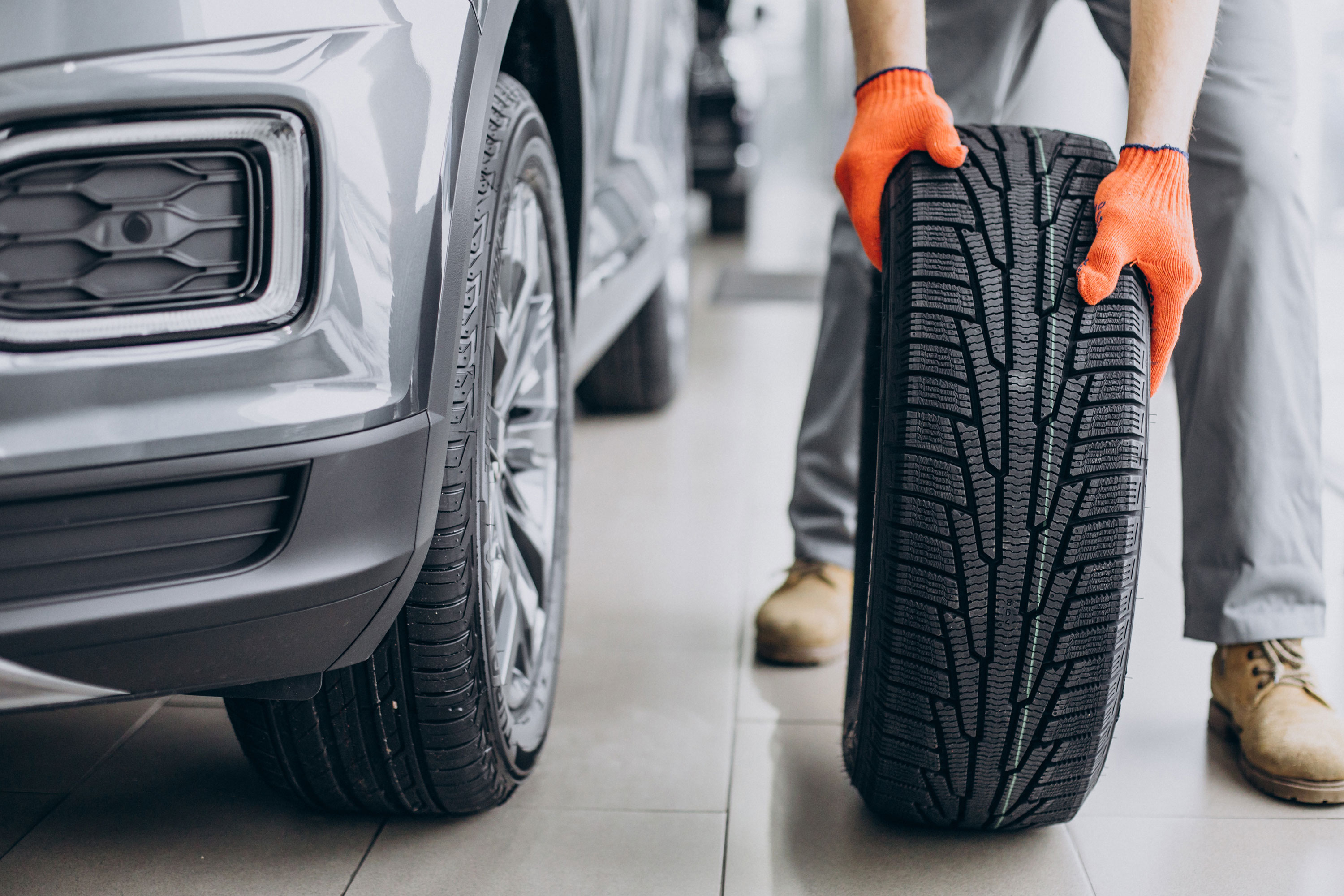All Categories
Featured
Table of Contents
The Michelin supplied a comfy driving experience, qualified by receptive guiding and a dynamic understeer equilibrium. In spite of the cooler testing conditions, Michelin's consistent time and grip over 3 laps suggests its suitability for real-world applications. Alternatively, Yokohama's efficiency was distinctive. While its super-quick steering caused a quick front axle turn, the rear revealed a propensity to swing extra.
The tyre's initial lap was a second slower than the 2nd, directing to a temperature-related grip boost. For daily use, the Michelin may be a more secure bet.
Tyre Repair
It shared Michelin's secure understeer balance but did not have the latter's willingness to turn. Continental and Goodyear's performances were remarkable, with Continental's brand-new PremiumContact 7 revealing a substantial enhancement in wet problems compared to its predecessor, the PC6. This design was much much less sensitive to pack modifications and acted similar to the Michelin, albeit with slightly much less interaction at the restriction.
It integrated the risk-free understeer balance of the Michelin and Continental with some stylish handling, verifying both predictable and fast. As an all-rounder for this Golf GTI, Goodyear's Crooked range was the standout, showing remarkable performance in the wet. Finally, the Bridgestone Potenza Sport took the crown as the fastest tire, albeit by a small margin.
Chauffeurs seeking an amazing wet drive may find this tire worth taking into consideration. The standout performer in damp stopping was the newest tire on examination, the PremiumContact 7, though the results are nuanced.
Leading Tyre Rotation Near Me – Girrawheen WA
Preferably, we wanted the cold temperature test to be at around 5-7C, yet logistical hold-ups indicated we evaluated with an ordinary air temperature of 8C and water at 12C. While this was cooler than standard test conditions, it was still warmer than real-world conditions. The cozy temperature level examination was done at approximately 18C air and 19C water.
The third run entailed damp braking tests on used tires, specifically those machined to 2mm with a small encounter. While we intended to do even more with these used tyres, weather condition constraints limited our testing. It's worth keeping in mind that wet stopping is most important at the used state, as tires usually boost in completely dry conditions as they wear.

Bridgestone, Goodyear, and Michelin saw the least efficiency reduction when put on. The Hankook tire registered the tiniest performance drop as temperatures cooled, but it was amongst the most affected when worn.
Premium Tyre Selection Near Me – Wanneroo
The take-home message here is that no single tyre mastered all facets of wet braking, showing a complex interplay of factors affecting tire efficiency under various problems. There was a standout tyre in aquaplaning, the Continental ended up top in both straight and rounded aquaplaning, with the Michelin and Goodyear likewise excellent in deeper water.

Yokohama could gain from slightly even more hold, a problem possibly affected by the cooler problems. As for handling, all tyres performed within a 2% variety on the lap, demonstrating their top notch efficiency (Tyre rotation services). Considering these tyres basically target the exact same client, it's interesting to observe the substantial distinctions in feeling.
The shock is because the PremiumContact 6 was just one of my favourites for stylish completely dry drives, yet its successor, the PremiumContact 7, seems elder and appears like Michelin's performance. Amongst these, Hankook was the least specific in steering and interaction at the limit. Tyre care. Both Michelin and Continental supplied lovely preliminary guiding, albeit not the fastest
If I were to suggest a tire for a rapid lap to a newbie, claim my papa, it would be one of these. We have the 'enjoyable' tires, specifically Yokohama and Bridgestone. Both were speedy to guide and felt sportier than the others, yet the compromise is a more lively back end, making them extra tough to take care of.
Affordable Tyre Tuning – Wanneroo
It gave comparable steering to Bridgestone but used far better feedback at the restriction and much better grasp. The Bridgestone Potenza Sporting activity, however, seemed to weaken rather promptly after simply three laps on this requiring circuit. Last but not least, there's Goodyear, which positioned itself somewhere between the enjoyable tyres and those having a tendency towards understeer.
Altogether, these tires are outstanding entertainers. For road use, I 'd lean towards either the Michelin or Goodyear, depending upon your details choices. In regards to tyre wear, the method utilised in this test is what the market refers to as the 'gold criterion' of wear. The wear professionals at Dekra conducted this examination, which entailed a convoy of autos traversing a very carefully prepared course for 12,000 kilometres.
Both the Bridgestone and Yokohama tires dramatically underperformed in comparison to the other four tyres in terms of rolling resistance, with Continental a little outperforming the remainder. Concerning the convenience degree of the tyres, as expected, many demonstrated an inverse correlation with handling. The Continental, Michelin, and Goodyear tires carried out best across different surface area kinds tested.

Bridgestone began to show signs of firmness, while Yokohama was specifically jarring over pockets. We did determine interior noise degrees; nevertheless, as is usually the situation, the outcomes were very closely matched, and due to weather restrictions, we were incapable to perform a subjective evaluation of the tires sound. We looked at abrasion numbers, which determine the quantity of tyre step shed per kilometre, normalised to a one-tonne lorry.
Tyre Inspections Near Me
This number stands for the quantity of rubber dust your tires generate while driving. Michelin led in this group, creating over 9% much less rubber particle matter.
Latest Posts
Best Tyre Offers Near Me – Bayswater 6052 WA
Discount Tyres (West Swan 6055 WA)
Honest Tyres Near Me